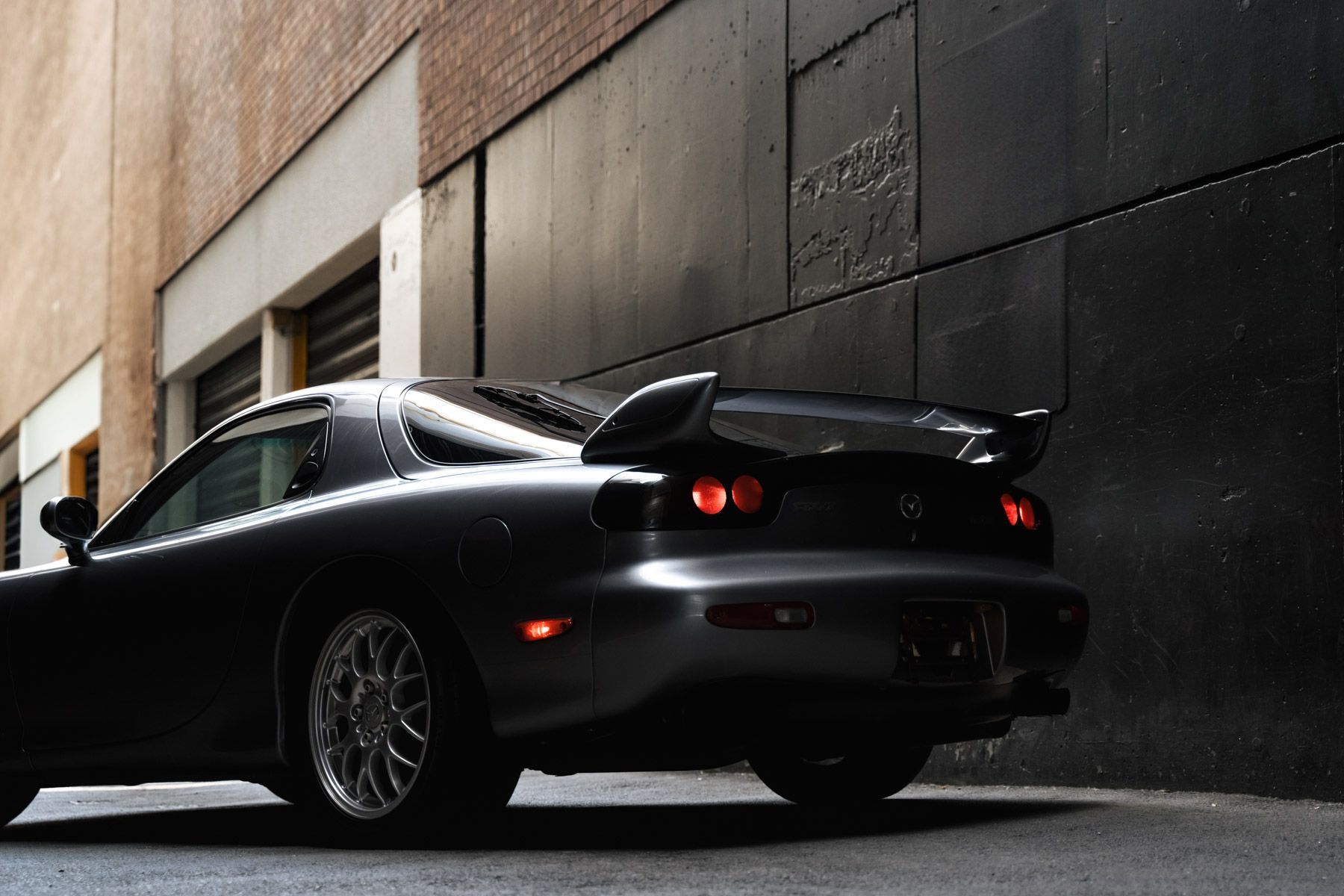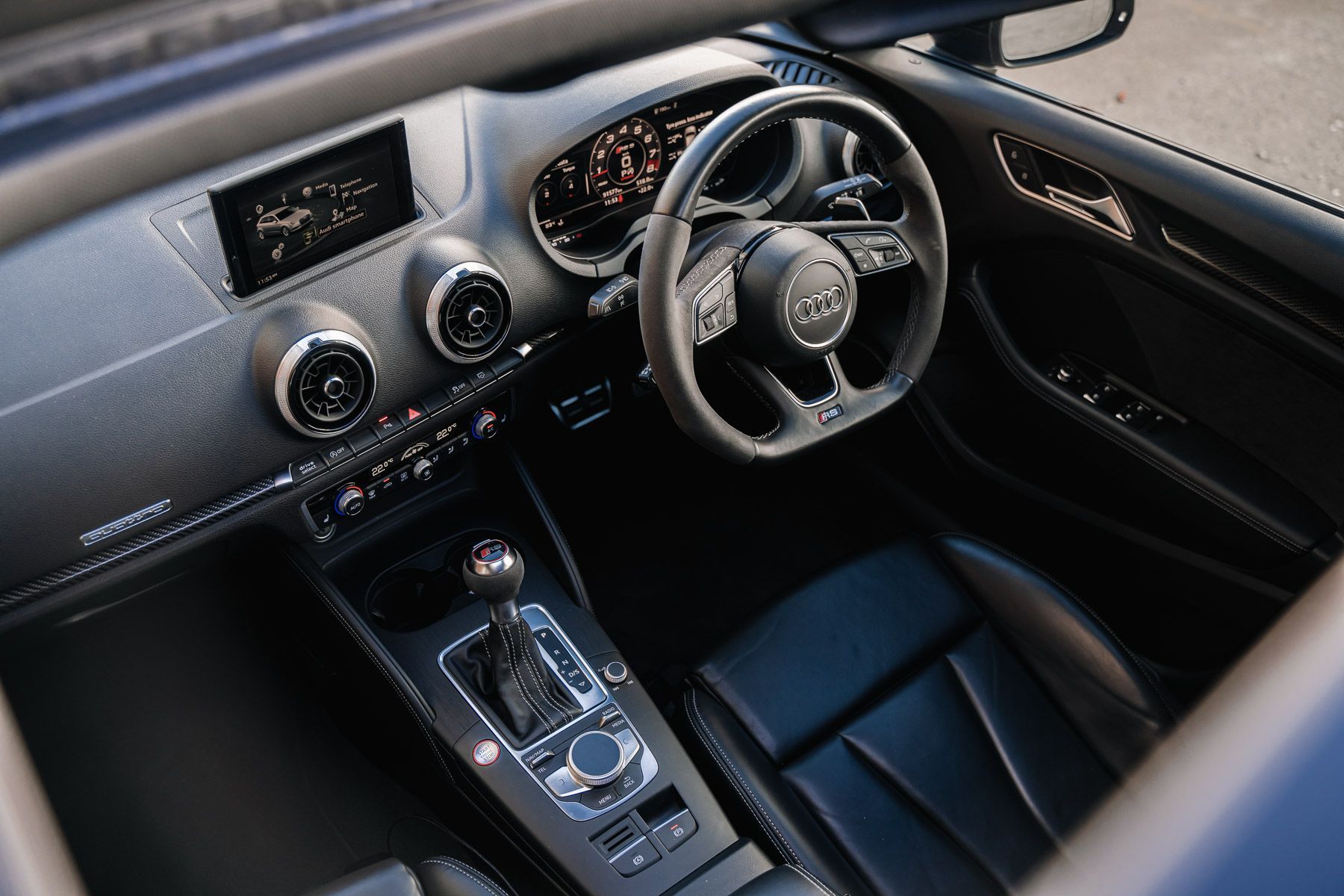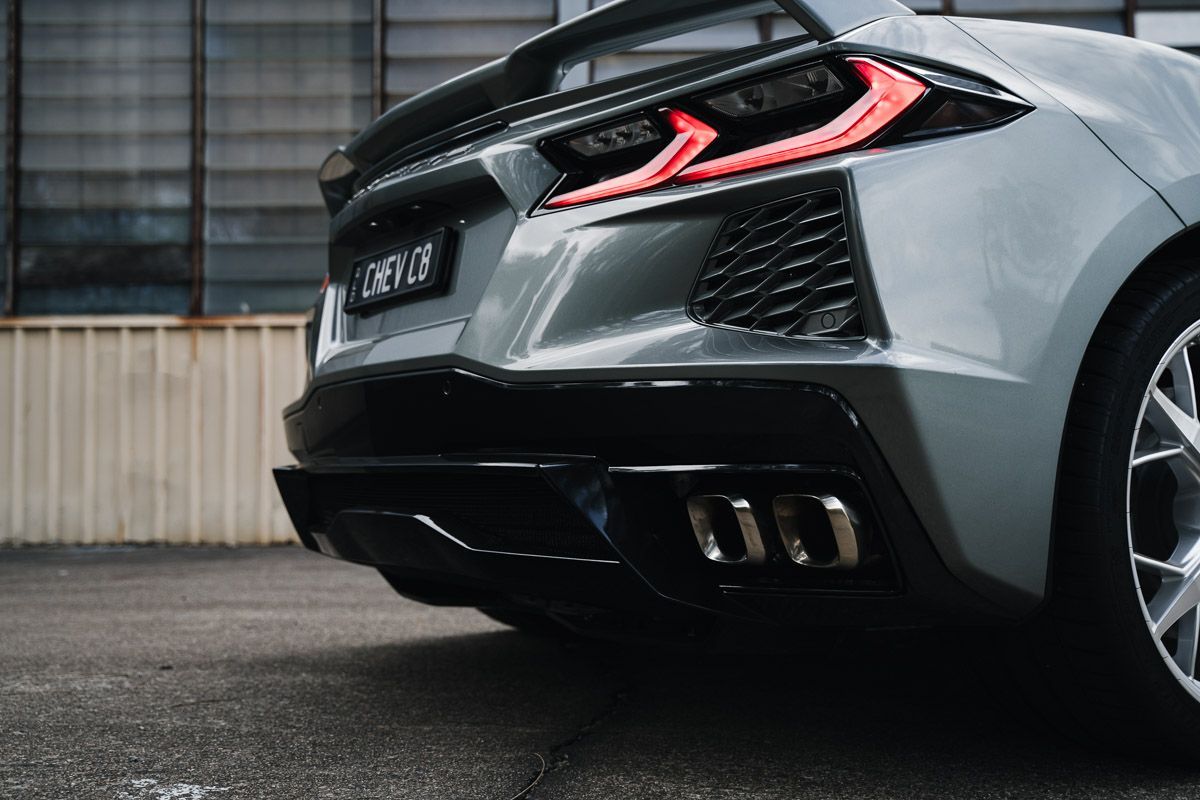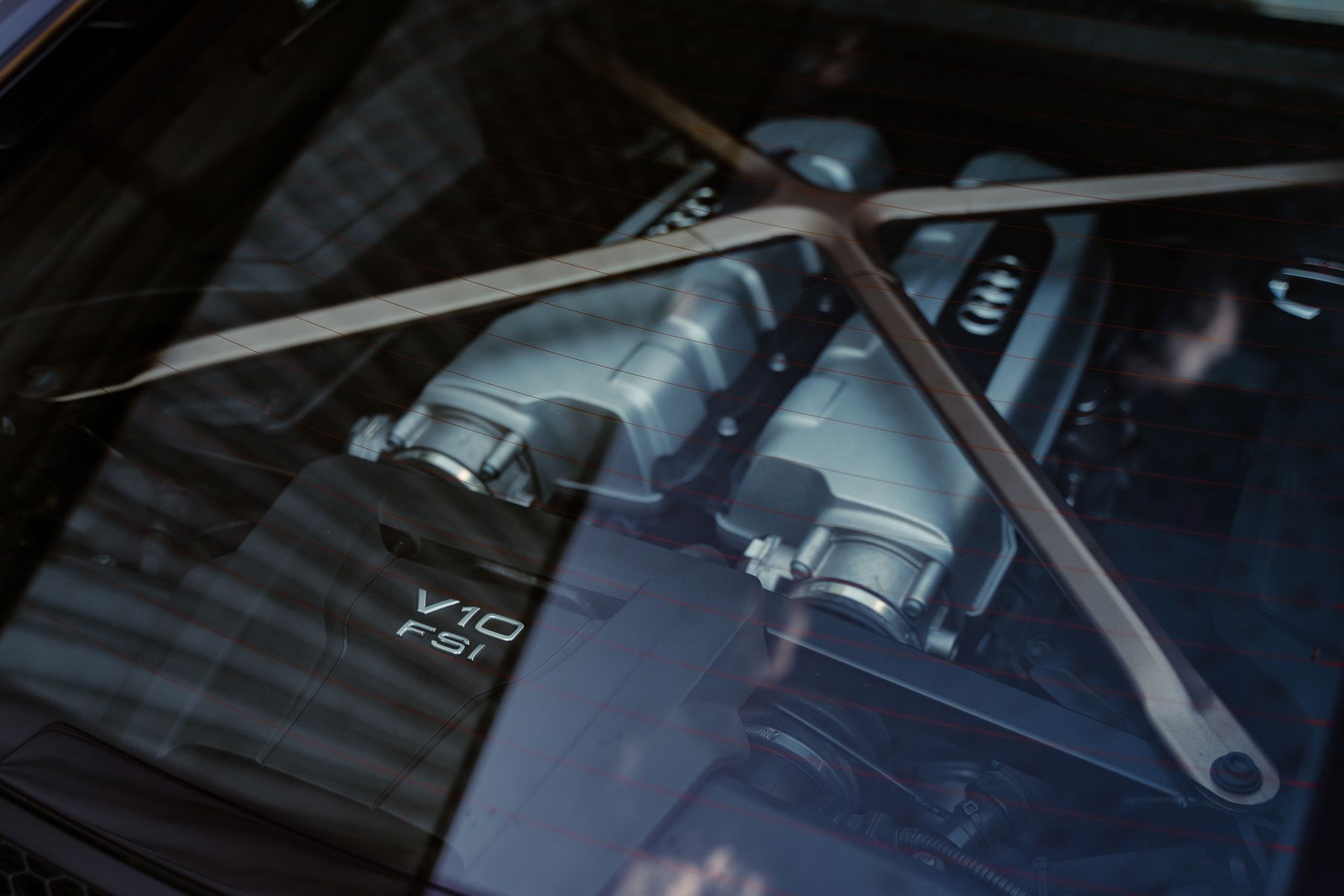Mastering Automotive Photography
Automotive photography isn’t just about taking a picture of a car; it’s about capturing the essence, design, and personality of the vehicle.
December 30, 2024
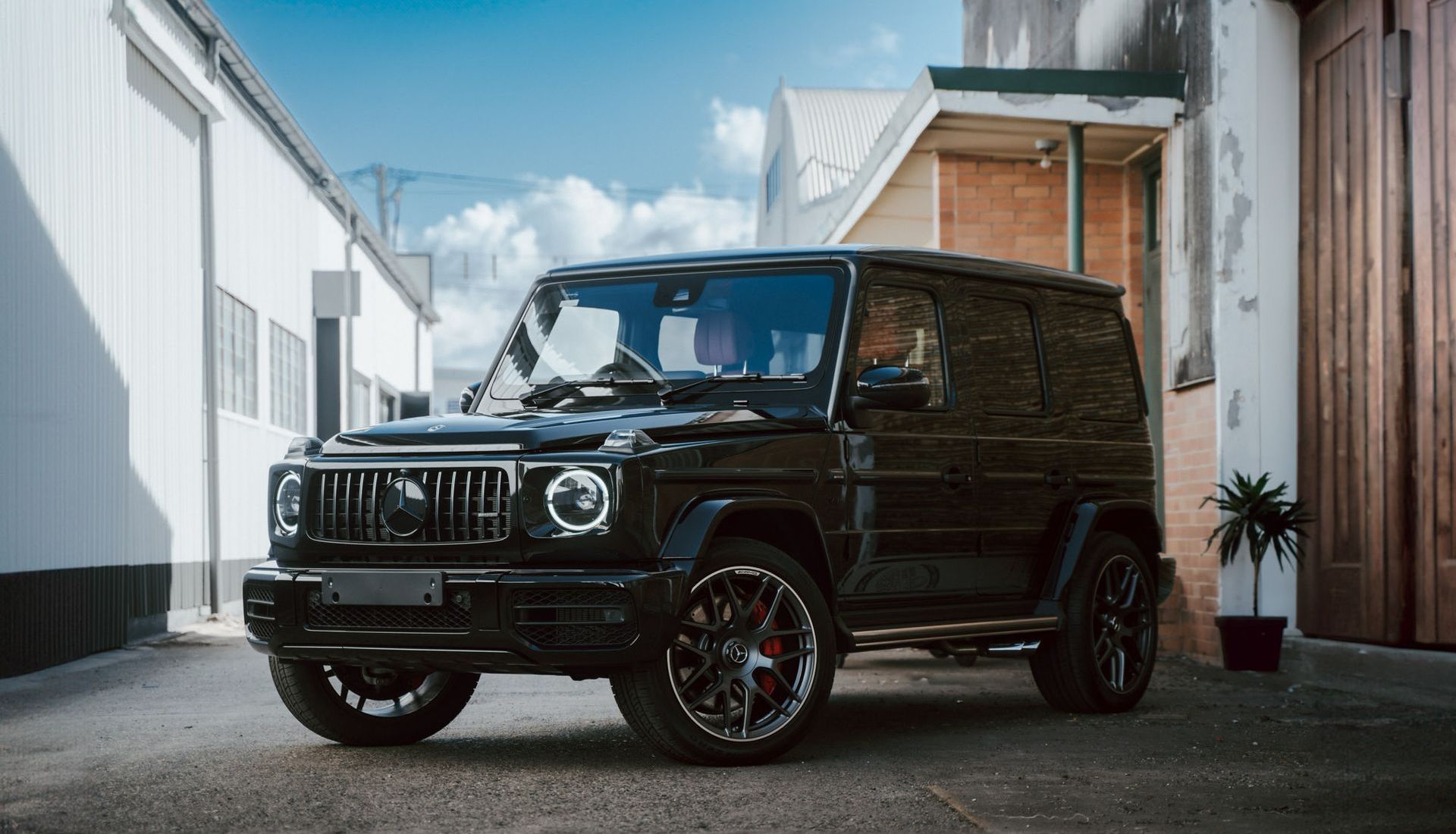
Tips and Techniques for Stunning Shots
Whether you’re a hobbyist, a car enthusiast, or a professional, mastering automotive photography can elevate your work and grab attention. In this guide, we’ll explore the techniques and tips needed to take stunning automotive photos.
Why Automotive Photography Matters
- High-quality photos showcase the beauty and details of a vehicle.
- They can evoke emotion, create intrigue, and increase engagement.
- Professional-grade photos stand out in crowded spaces, whether in ads, social media, or portfolios.
Preparing for the Perfect Automotive Photoshoot
Clean and Detail the Car
A spotless car ensures every detail shines. Wash, wax, and polish the exterior, vacuum the interior, and ensure the glass is streak-free. The cleaner the car, the better the photos.
Choose the Right Setting
- Opt for a location that compliments the car’s aesthetic, such as industrial backdrops for modern vehicles or scenic vistas for classic models.
- Avoid busy or distracting environments to keep the focus on the car.
Time of Day is Key
- Shoot during the golden hour (shortly after sunrise or before sunset) for soft, warm lighting.
- Avoid direct midday sunlight, which creates harsh shadows and reflections.
Mastering Camera Equipment and Settings
Choosing the Right Camera
- While smartphones can work, DSLR or mirrorless cameras with interchangeable lenses offer superior control and image quality.
- Consider lenses like wide-angle or prime for capturing details and unique perspectives.
Essential Camera Settings
- Aperture: Use a wide aperture (low f-stop) for shallow depth of field and background blur.
- ISO: Keep ISO low to minimise noise and maintain clarity.
- Shutter Speed: Adjust to ensure sharp images, especially in low light.
Use a Tripod for Stability
For long exposures or precision shots, a tripod ensures stability and allows for creative framing.
Perfecting Composition in Automotive Photography
Capture Key Angles
- Front and Rear: Showcase the grille, headlights, and taillights.
- Profile: Highlight the car’s lines and proportions.
- Interior: Focus on the dashboard, seats, and unique features.
Incorporate Dynamic Perspectives
- Low angles can make the car look powerful and imposing.
- Experiment with motion shots to convey speed and excitement.

Pay Attention to Backgrounds
- Use neutral or complementary settings that enhance, rather than detract from, the vehicle. If you can't avoid it, there's always Photoshop Generative AI.
- Watch for unwanted reflections in the car’s surface, especially on windows and paintwork.
Pro Tip: Use a polarising filter to eliminate glare and make colours pop.
Leveraging Lighting for Stunning Results
Use Natural Light Wisely
- Position the car to take advantage of directional light that highlights curves and edges.
- Avoid harsh sunlight, which can wash out details or create unflattering glare.
Artificial Lighting Techniques
- Use portable LED lights or reflectors to fill in shadows.
- For night shoots, experiment with light painting by moving a light source around the car during a long exposure.
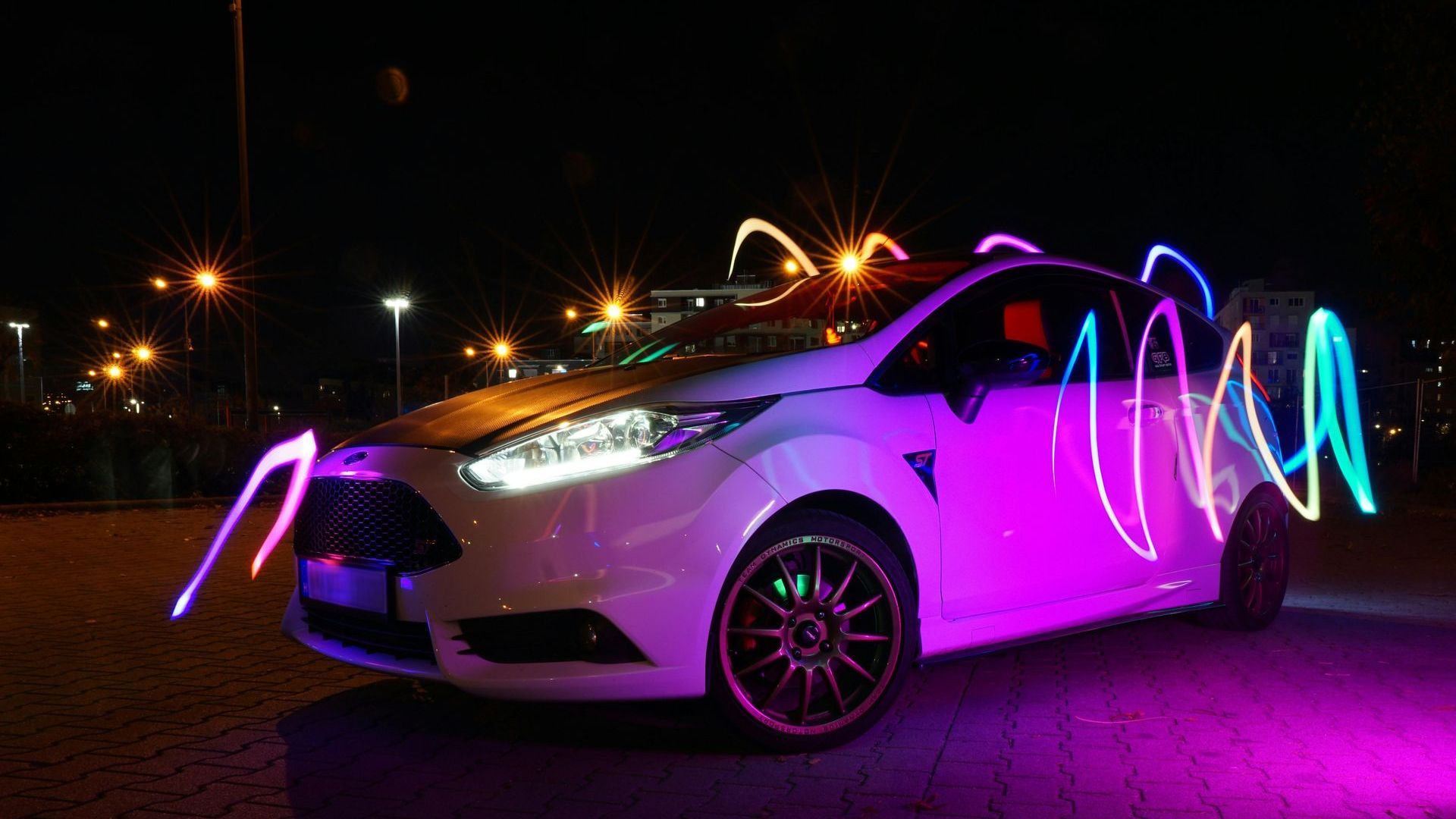
Editing Your Automotive Photos
Essential Editing Adjustments
- Brightness and Contrast: Make the car stand out while keeping the background balanced.
- Colour Correction: Ensure the car’s colour looks true to life.
- Cropping: Frame the image tightly to eliminate distractions.
Tools for Post-Processing
- Mobile Apps: Snapseed, Lightroom Mobile.
- Desktop Software: Adobe Lightroom, Photoshop.
Common Pitfalls in Automotive Photography
Overediting
Avoid over-saturating colours or adding heavy filters that make the photo look unnatural.
Poor Framing
Don’t cut off parts of the car or leave too much negative space unless intentional.
Ignoring Reflections
Be mindful of reflections that can obscure details or distract from the car’s design.
Final Thoughts on Automotive Photography
Mastering automotive photography takes practice, creativity, and attention to detail. By following these tips and experimenting with techniques, you can elevate your skills and create photos that truly capture the essence of every car. Whether for personal enjoyment or professional use, great automotive photography leaves a lasting impression.





